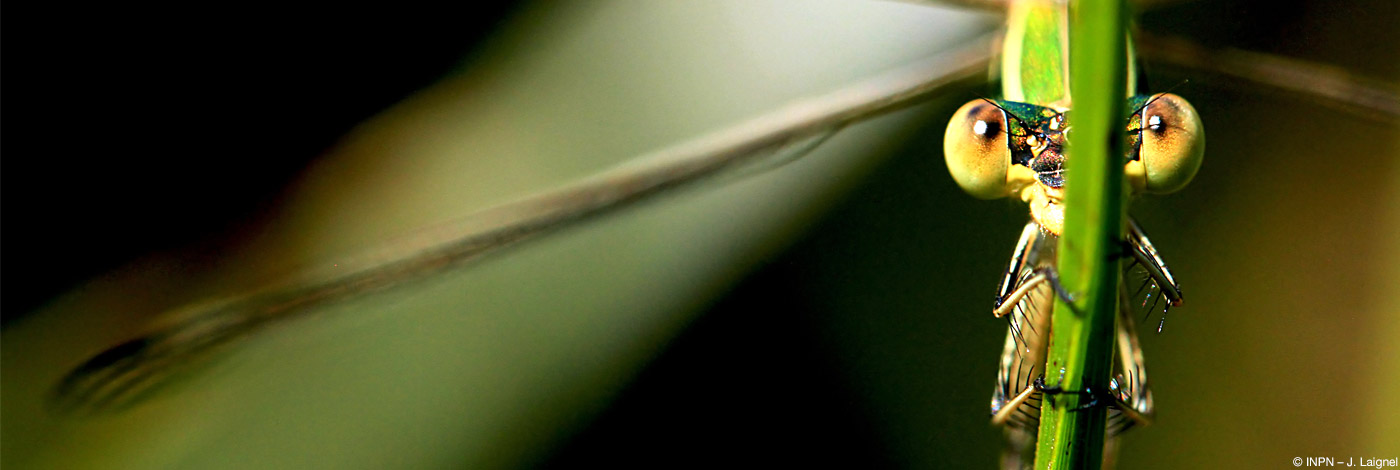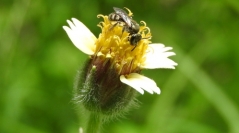

 Naturae
2017 (11) - Pages 1-16
Naturae
2017 (11) - Pages 1-16Conservation of pollinators and their pollination service is a major issue in the world today. Surveys for inventorying and monitoring of pollinators communities require simple field methods which are efficient and standardized for each biogeographical area. Pan trapping of pollinators (Apoidea Latreille, 1802 and Syrphidae Latreille, 1802) with white, blue and yellow bowls is compared to one selective and one non-selective net trapping in fruit agrosystems in Martinique. We investigated the preference of pollinators on the color of the bowl trap used. Catches of pollinators in white and blue bowls are more important than in the yellow bowls. Halictid bees (Halictidae Thomson, 1869) were the most abundant insect pollinators captured by pan trap (76 %). Fourteen species of pollinators were inventoried with all used methods but syrphid species were not captured by colored bowls. Blue and white pan trap showed a mean of species richness similar to net trapping. The results of species composition showed that the no-selective net trapping and pan trapping are the most complementary methods. Pan trapping is an efficient field method for inventorying and monitoring pollinators in fruit agrosystems in Martinique but its bias must be taken account.
Pollinators community, sampling methods, agriculture, West Indies.